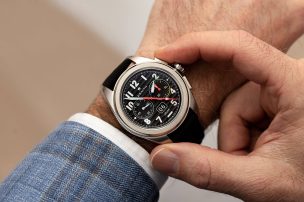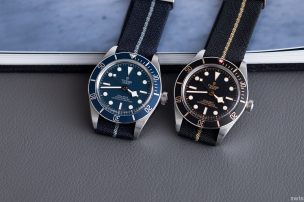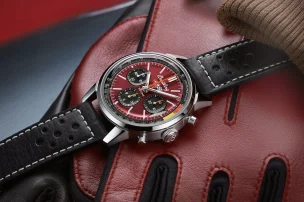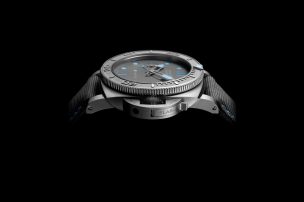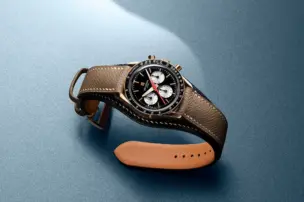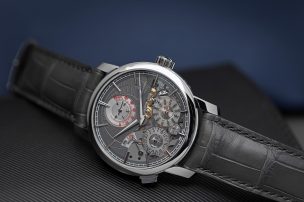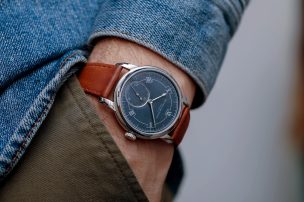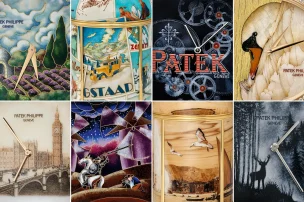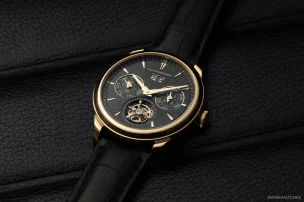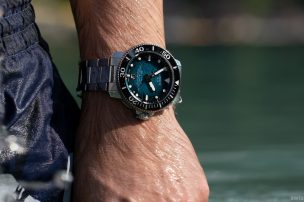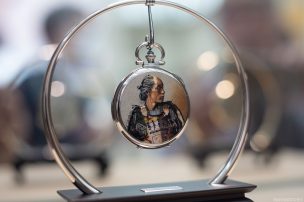
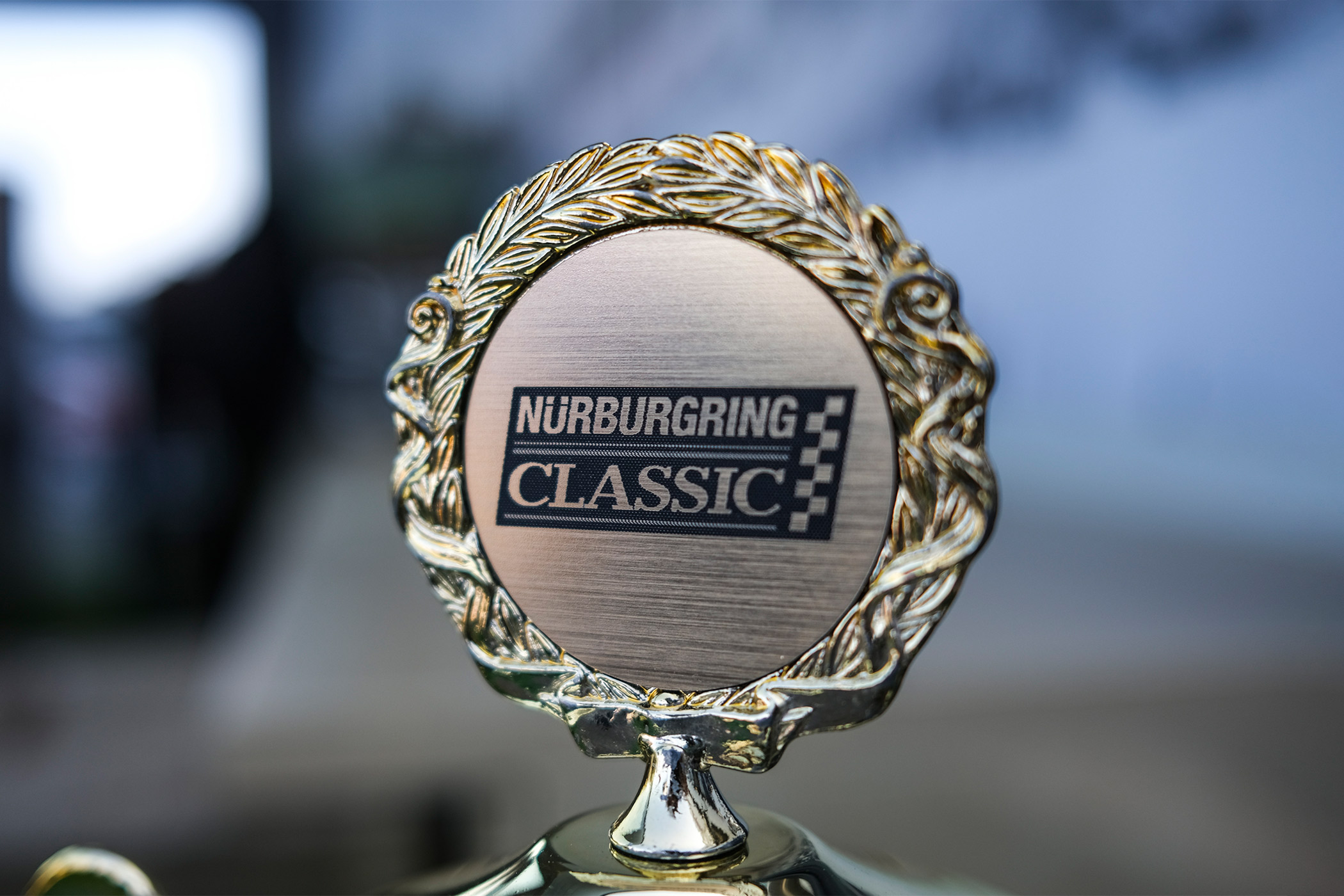
An Unexpected Pairing? The Nürburgring Classic 2023 with Richard Mille
The ‘Nordschleife’ (Northern loop) has the reputation of being the most difficult racetrack in the world. This winding ribbon of tarmac makes its way through 33 left-hand and 40 right-hand bends, while varying in altitudes of 300 m over the Eifel National Park – more than any other race track. The Nordschleife is so notorious and demanding that Formula 1 racer Jackie Stewart dubbed it the ‘Green Hell’ in 1968 after winning the 1968 German Grand Prix amid a rainstorm and thick fog. In a single lap, the drivers pass every conceivable track surface: from rough gravel to steep bends to long straights and top speeds, everything is packed into this single track – a dream come true for every petrolhead.

Since the inaugural edition in 2017, the Nordschleife and the challenging asphalt of the former Grand Prix circuit have become the venue for the Nürburgring Classic. This grand gathering at the world’s most traditional racetrack brings together enthusiasts with a penchant for classic cars and adrenaline under the promise of immersing themselves in a world from the past century. When the organiser of the Nürburgring Classic approached Richard Mille to propose a collaboration precisely on the 90th birthday of the Ring, he did not hesitate for long. At this year’s edition of the Nürburgring Classic, Richard Mille will once again be the main sponsor. But how does Richard Mille’s world of avant-garde watches fit in with that of classic cars? We were on-site to follow the symbiosis of these two seemingly fundamentally different worlds at close quarters.
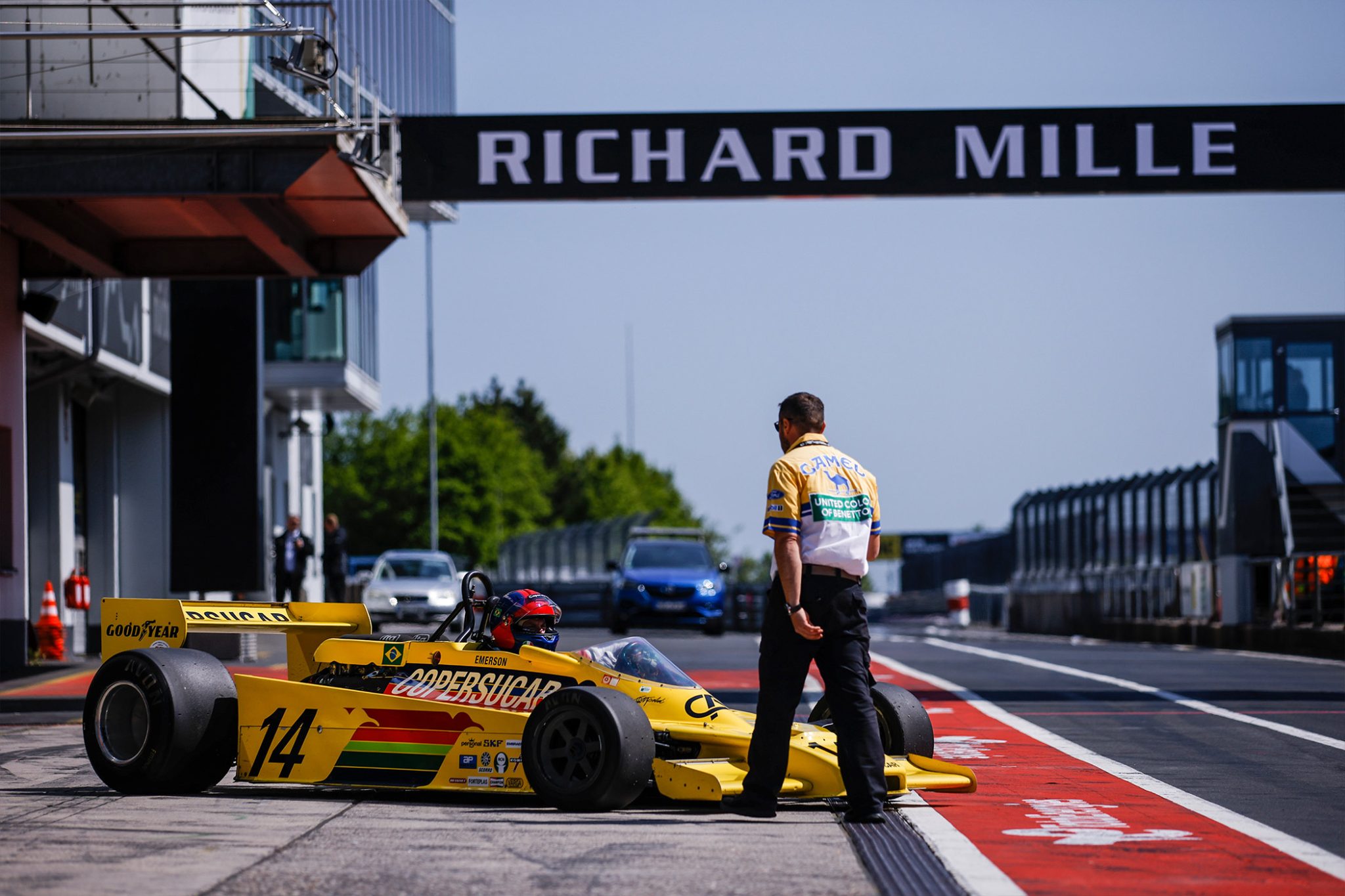
Times change – and the Nürburgring with them
The Nürburgring was created in June 1927 to demonstrate the superiority of German cars on the winding roads. Since then, generations of racing drivers from all over the world have tried to master the Ring. This long time period brings quite a bit of motorsport history with it, such as the legend of the Silver Arrow, which only came into being because the Mercedes team scraped off the white paint layer of the W25 in a night shift before the race in order to push the racing car under the new weight limit of 750 kilograms. In 1951, the newly founded Formula 1 also declared the Ring as its epicentre, until it came to an abrupt end in 1976 following Nicki Lauda’s near-fatal accident – no Formula 1 race was ever to be held on the Nordschleife again. However, the 4,542-metre-long Grand Prix circuit, which was opened in 1984, promised a bright future. As a race track that set new technical standards with large run-off zones, safety fences and an extensive rescue network, it heralded a new era. The investment of 82 million Deustche Marks ended in success: on 07 October 1984, Formula 1 returned to the Nürburgring, bringing new stars to the Eifel and putting the Nürburgring back in the spotlight.
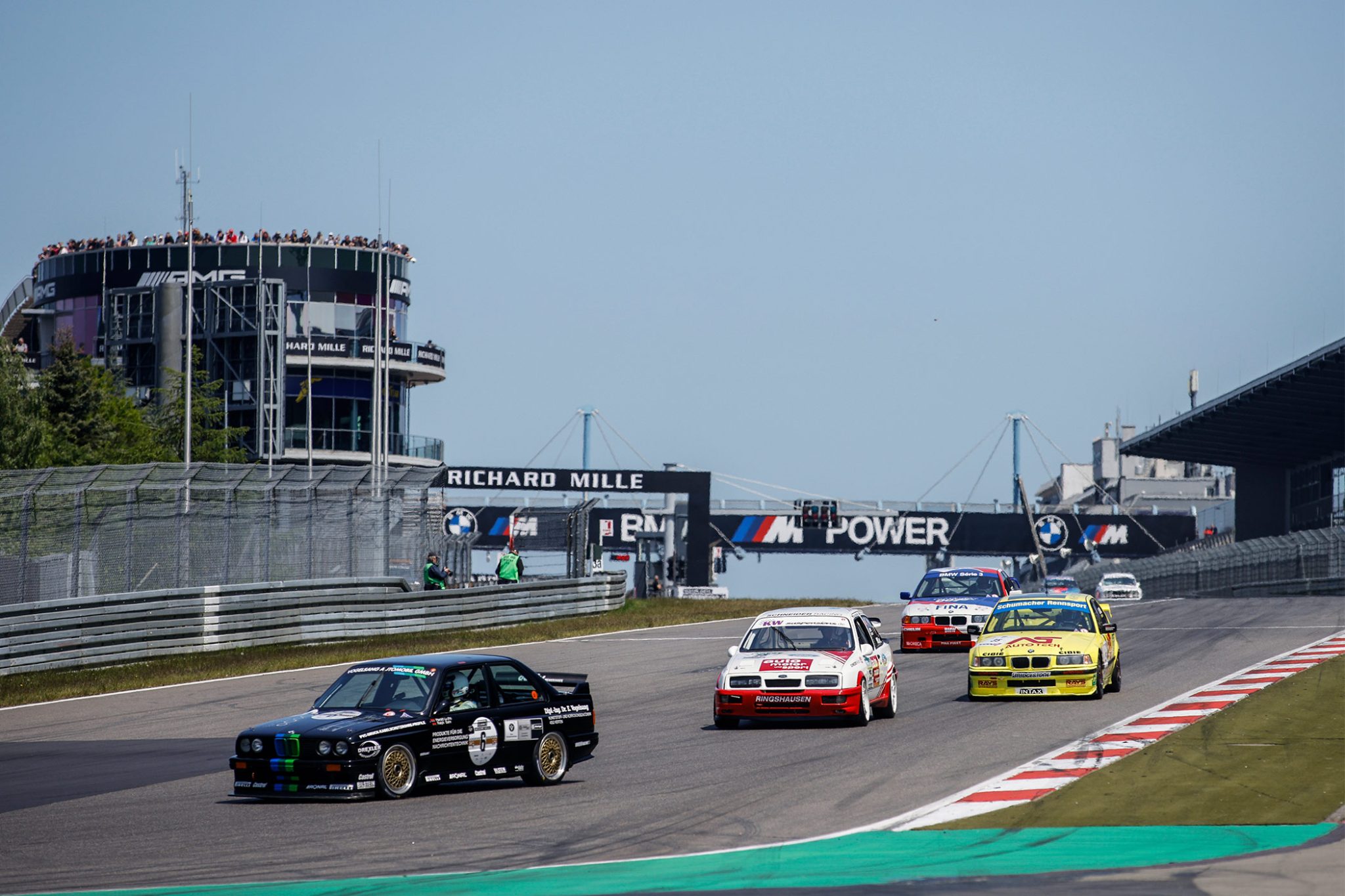
Gentlemen, start your engines
In 2017, just in time for the Ring’s 90th anniversary, the great gathering of historic motorsport took place for the first time. The Nürburgring Classic sees itself as a platform for established racing, with the main races on both the Nordschleife and the Grand Prix circuit requiring plenty of Nürburgring experience. This year, the motto was once again ‘Gentlemen, start your engines’ – and thus, over three race days, a total of over 800 participants took to the starting line in 18 different race series and numerous special races. The royalty of motorsports also joined the racing action with the category ‘Force F1’. Here, historic Formula 1 bolides lent the racetrack the glamour of a bygone era, demonstrating with roaring engines that they were yet to lose their appetite for the fast-paced sporting challenge. Counting among them was the 1992 Benetton B192, once driven by Michael Schumacher.
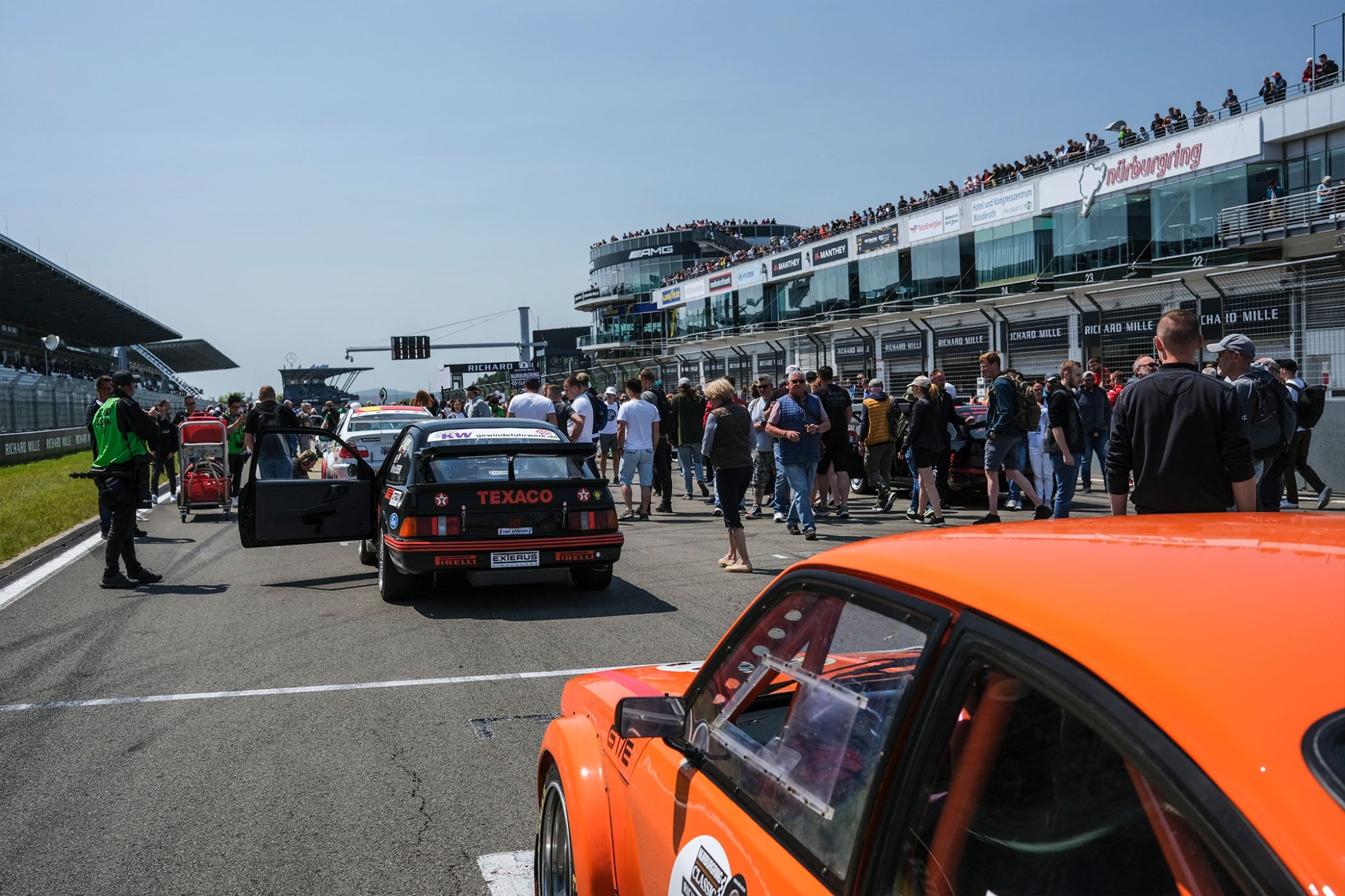
When it comes to immersing oneself in the almost 96-year history of the Nürburgring, which began with the inaugural race on 17 and 18 June 1927, the Vintage Meeting as part of this year’s Nürburgring Classic was probably considered the best opportunity. As in those days, great brands and winning cars came together in the old ‘historic paddock’ between corrugated sheets of iron, directly at the foot of the racetrack. More than 100 pre-war vehicles built between 1916 and 1949 with powerful Mercedes SSKs, agile Bugattis and MGs got ready to race side by side in the old paddock garages. Almost without exception, these were real veterans of racing and sports cars from the early days of famous race tracks such as Silverstone, Le Mans or Monza. When the preparations were completed and the starting signal finally sounded, the crowd enjoyed a unique spectacle as the multitude of teams sprinted up to the cars in a true-to-style Le Mans start before taking off. What followed were challenging laps for both car and driver, transforming the 21-kilometre asphalt ribbon through the Eifel region into a living open-air museum for a short while.
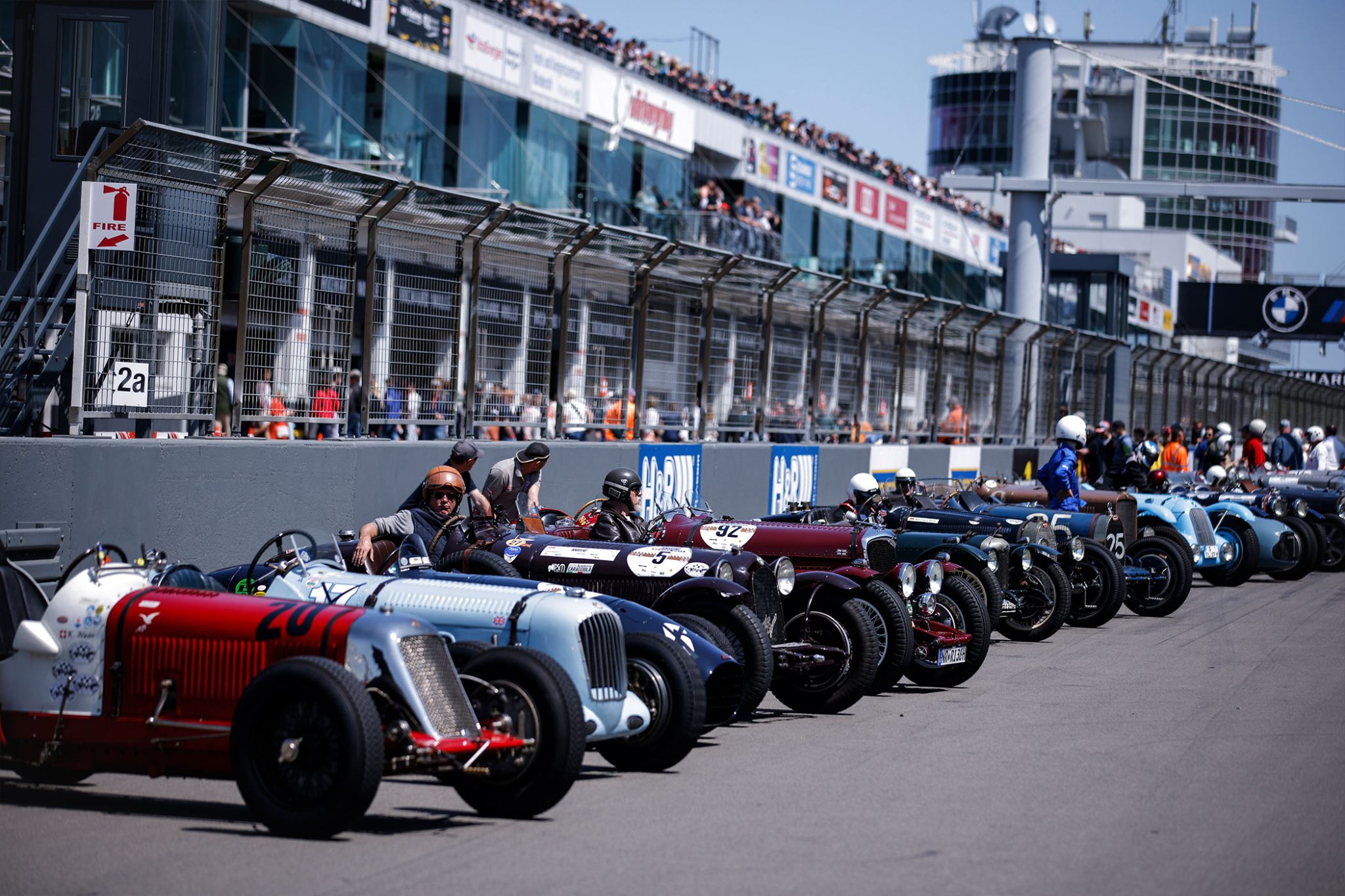
Richard Mille merges worlds
The fact that Richard Mille is the main sponsor of the Nürburgring Classic, the classic car event deep buried in the green of Germany’s Eifel forests, may seem paradoxical, but it is no coincidence. The Nürburgring is ascribed an almost mythical status – and as this German author will admit, it has long been attested abroad that the Germans do have a self-destructive instinct. The Nürburgring’s charisma extends far beyond Germany and attracts an international audience. Admittedly, the races at the Nürburgring are far less fancy than those at the Concorso d’Eleganza – one of the most important events celebrating the fascination of historic automobiles – but you will still find many a watch collector among the spectators who almost combusts with euphoria in the face of the infernal roar of the Formula 1 legends of the 1970s.
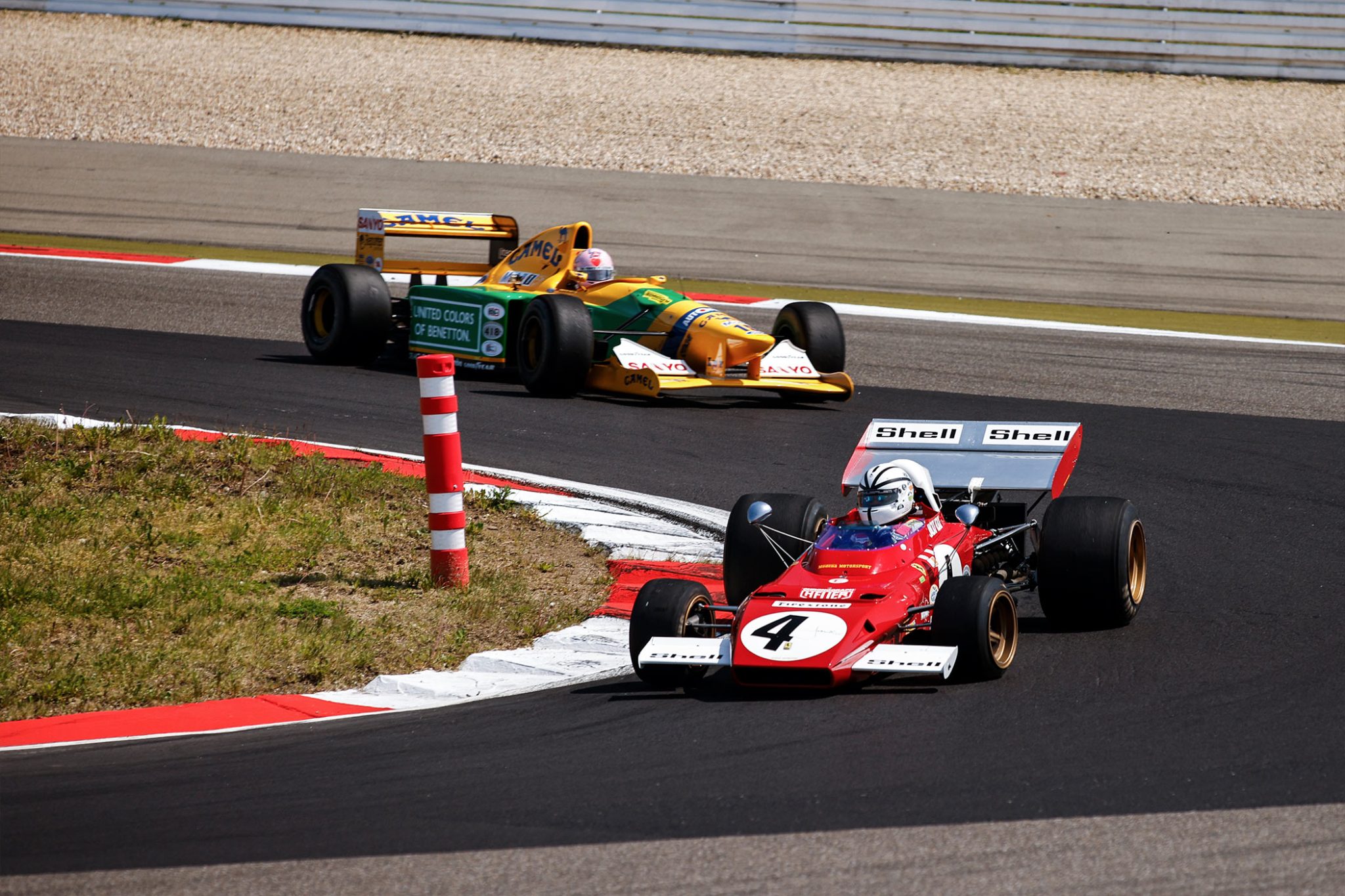
On closer inspection, it is not particularly difficult to draw a connection between the Richard Mille watches, which carry the slogan ‘A racing machine on the wrist’, and the racing cars of the 1950s to 1970s. While they may be out of time today, in their heyday, these vintage cars symbolised a distinct inventive spirit that – just like Richard Mille watches today – showcased three core elements: power, resilience and precision. Novelties also emerged time and again in the selection and research of new materials and technical innovations to make the cars’ performance and weight even more efficient. Vintage cars and mechanical watches are linked in yet another way – both have visible and real mechanics that arouse emotions in those who see them. This makes them many miles from quartz watches, which in turn are more like the modern electric cars of today; unable to spark the feelings that true connoisseurs crave.
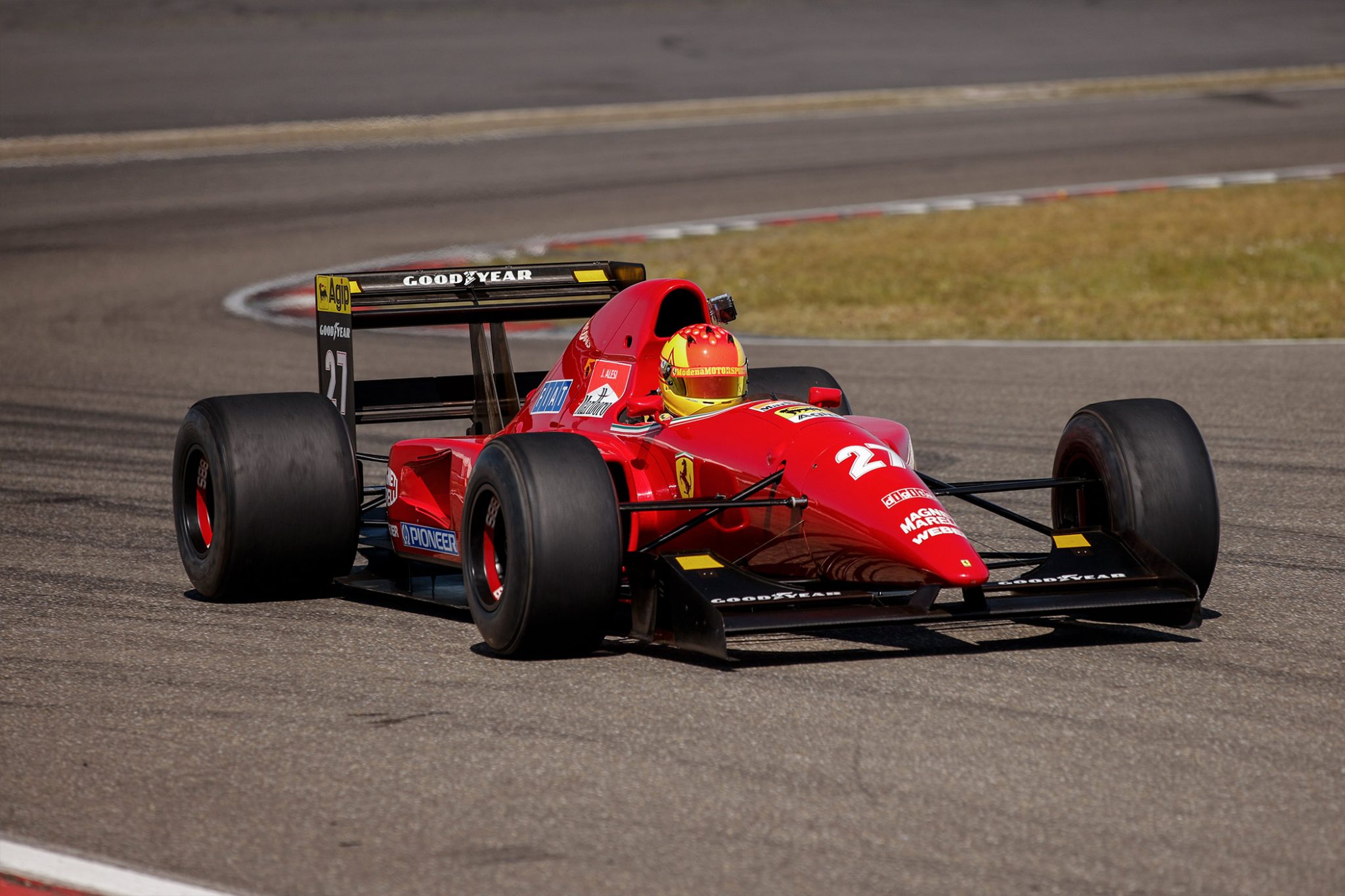
The RM 67-01 Automatic Winding Extra Flat
Richard Mille shares this same spark and passion of all things mechanic, and one of the best horological examples of this is the creation of the RM 67-01 Automatic Winding Extra Flat, which we also got to take for a spin during our visit to the Nürburgring Classic. The RM 67-01 Winding Extra Flat, proudly presented with a height of 7.75 mm at its launch, demonstrated what the manufacture has to offer in the field of flat watches with a novel construction approach and innovative materials. The automatic movement CRMA6 ticking away inside the watch is only 3.6 mm thick and was developed in-house. Meanwhile, the main plate and bridges are made of grade 5 titanium, finished with a combination of grey and black electroplasma treatment. The oscillating weight is made of platinum.
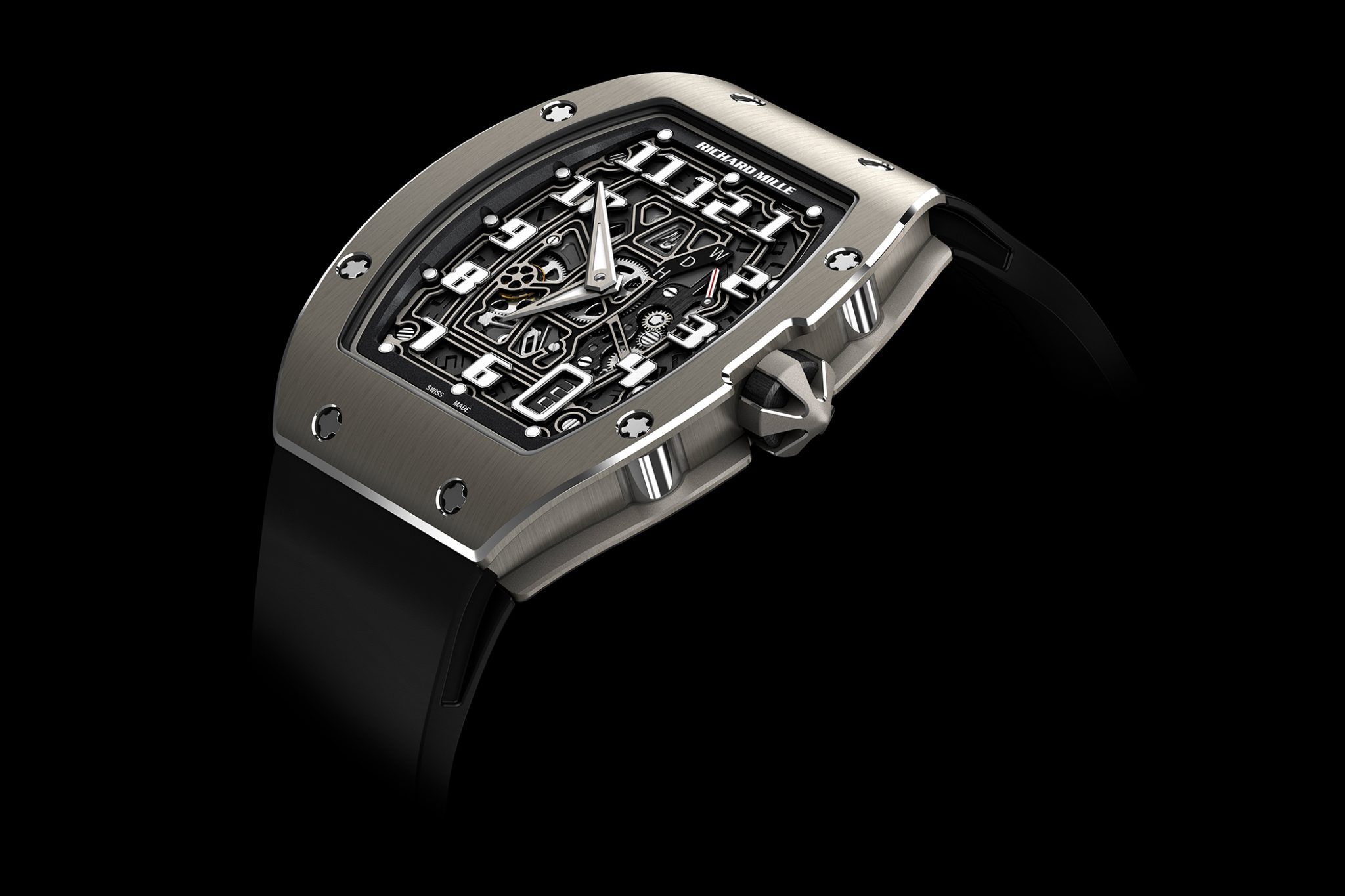
The RM 67-01 Automatic Winding Extra Flat
All of these attributes accumulate – despite the slim case height – not only in a pronounced sense of stability, but also in a visual depth that leads the eye from the edges of the three-layered bezel, to the hour and minute hands, to the gears of the movement. The expertise gained in the development of the RM 67-01 Automatic Winding Extra Flat was destined to be incorporated into the RM UP-01, which currently holds the illustrious record for the world’s thinnest watch with its thickness of just 1.75 mm. In summary, the paradox, and with it Richard Mille’s decision to merge avant-garde watch design with the antique look of vintage watches, can be explained through some decisive common ground: the enduringly innovative power that lies in both.


